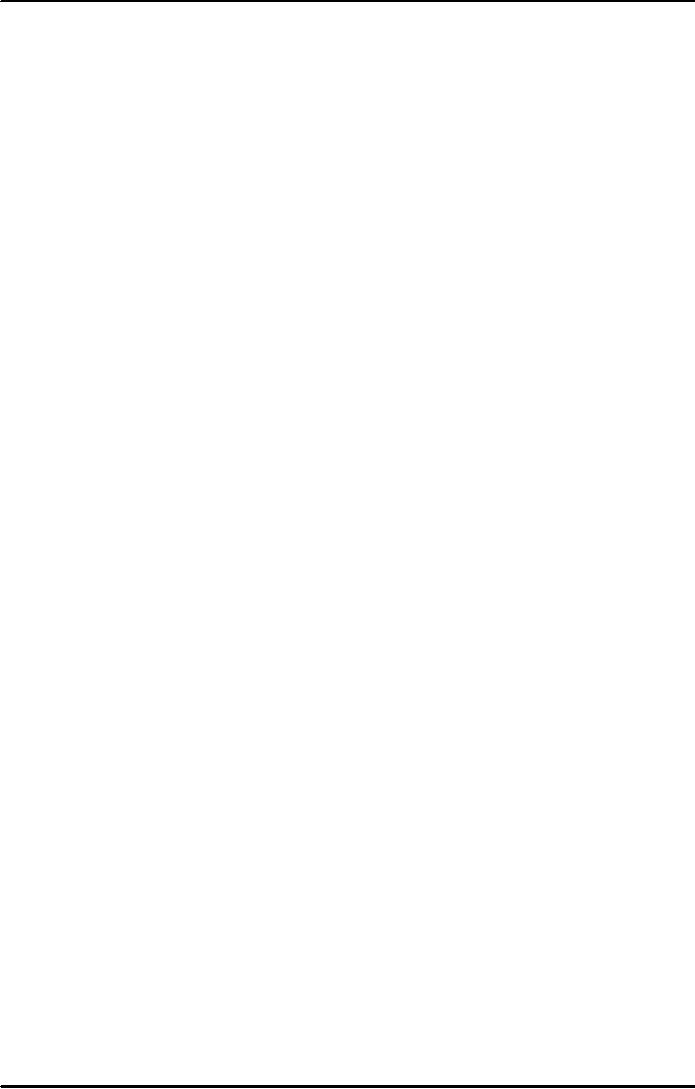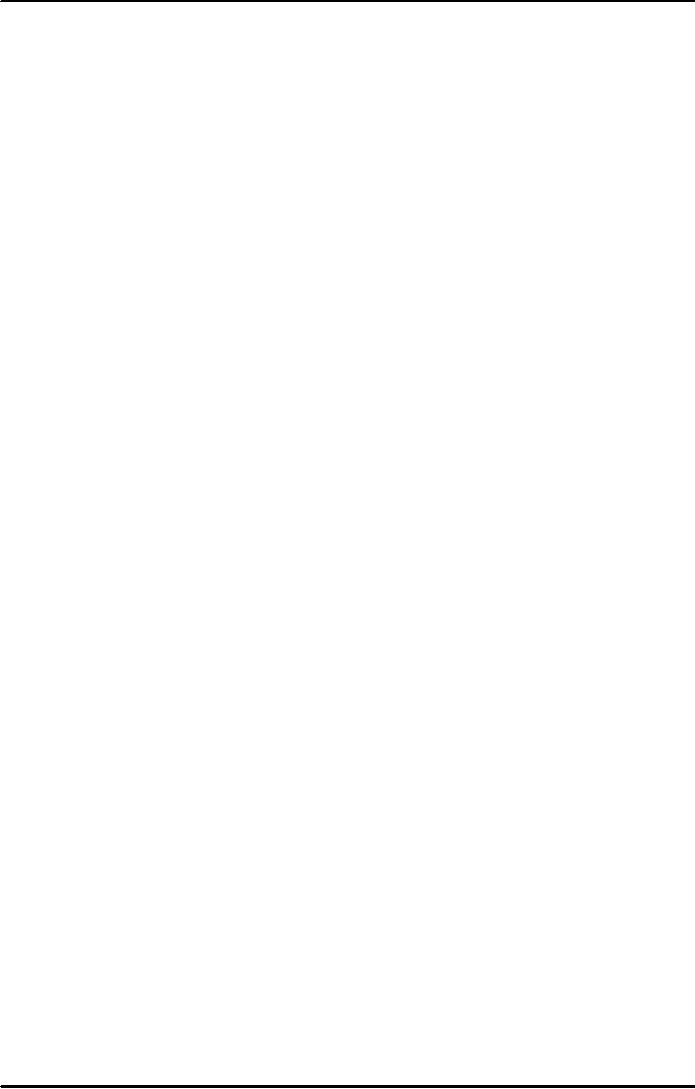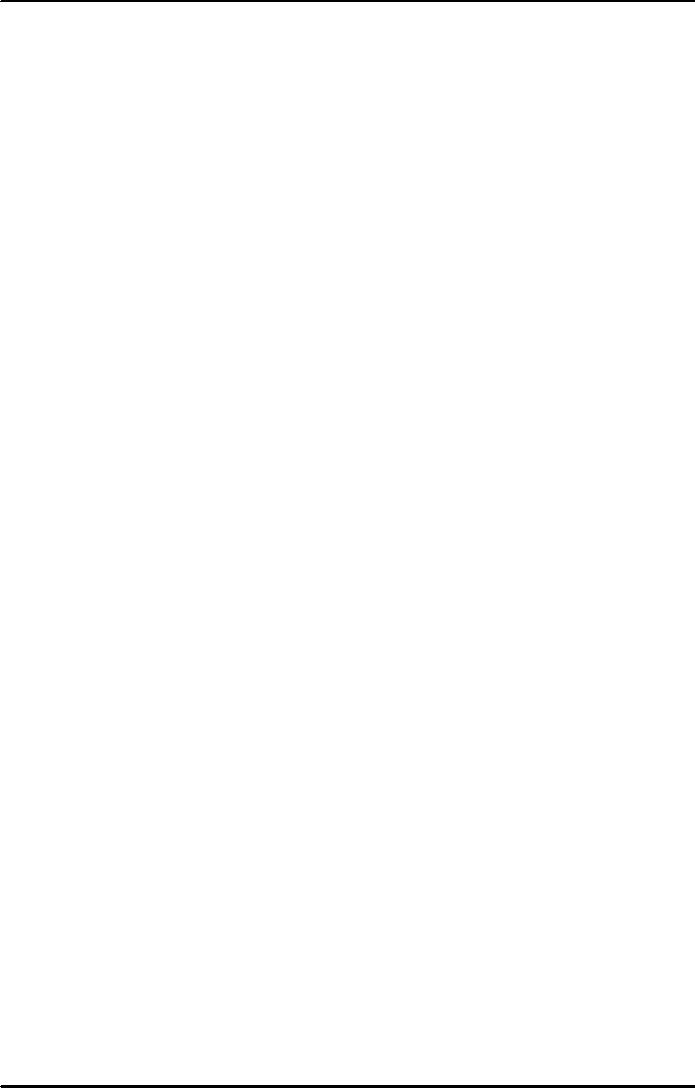 |

Corporate
Finance FIN 622
VU
Lesson
30
INVENTORY
MANAGEMENT
The
following topics are being
covered in this hand out.
Inventory
cost Stock out
cost
Economic
Order Point
Just
in time (JIT)
Debtors
Management
Credit
Control Policy
Stock
outs
The
situation when a firm runs out of
stock which results in shutdown of
slow down of production /
sales.
This
approach is designed to minimize the risk of
stock outs at all costs.
Particularly in manufacturing
environment
stocks-outs can have a
disastrous effect on the production
process.
There
are two concepts associated
with stock out cost. First
one is maximum stock levels,
which is defined
as the
sum of reorder level and reorder quantity
and from this (minimum usage
x minimum lead time) is
subtracted.
This
stock level is a signal to the management
that there should not be
additional investment in stocks
because
that is not needed and
will be a useless. In other
words, any investment over
and above this level is
loss
incurring.
The
second is the minimum level of stock or
also known as buffer stock.
This level refers to a warning to
the
management that stock level is
approaching to such a low level that
could result in a stock cost.
We
compute
this stock level as under:
Buffer
stock = reorder level (average
usage x average lead
time)
In
order to avoid stock out
situation, a safety stock level should be procured
and maintained.
Safety
stock is the minimum inventory amount
needed for an item, based on anticipated
usage and expected
delivery time of
materials.
This
cushion guards against unpredicted
surge in demand or delivery time.
Economic
Order Point
Economic
Order Point is the level of inventory
that signals the time to place
re-orders of materials
using
economic
order quantity amount. Safety
stock is considered in the
calculations.
We can
calculate the EOP using the
following formula:
EOP =
SL + F √S x
EOQ x L
Where
S= Consumption
per Period
L=
Lead Time
F=
Stock out Acceptance
Factor
EOQ =
Economic Order Quantity
Just
In Time (JIT)
The
idea explains that inventories
are kept near zero level.
This means that inventory is
acquired in such
quantity
on daily basis that can
support the daily production level. Therefore,
there's no inventory lying
in
store
room rather all the inventory
acquired move to production
hall.
The
philosophy is to pull inventory
through the production processes on as
"as-needed" basis rather than
pushing
inventory through the processes on an
"as-produces basis". This
requires extreme
accurate
estimates
and there no chance of an error.
For example, there's a high
probability of running out of
stock
and
that could be disastrous.
JIT
does not necessarily mean
zero inventory level. The objective is to
minimize the inventories but to
increase
the productivity, quality and
flexibility.
Before
considering JIT as inventory
management model, one should consider the
following factors:
·
JIT is possible only when
vendors are located very
close to business premises or
production facility.
·
This means that lead
time is around couple of hours.
·
Very sensitive issue. Greater
probability of stock outs.
May turn the overall benefits to
losses.
·
May not be feasible
for every business. Some
business may maintain some
inventory items on
JIT
and
others on EOQ etc.
100

Corporate
Finance FIN 622
VU
JIT
& EOQ:
It
might seem that JIT
would be in a direct conflict with
EOQ model. But certainly it is not the
case. A JIT
system
rejects the statement that
ordering costs are
necessarily fixed at the levels.
JIT tries to push down
all
the
inventory related costs like
ordering and set up on continuous
basis.
By
successfully reducing these
ordering costs the firm is
able to reduce the total
cost. How close a
company
comes
to the JIT ideal depends on the type of
production process and the
nature of the supplier industries,
but it
is a worthy objective for most
companies.
Debtors
Management
There
are significant funds invested in
accounts receivables and
there must be some trade
off between the
profitability
and risk. The optimal level of investment
should be based on the benefit resulting
from a
specific
level of investment in debtors. As you
are well aware that
investment in debtors influences the
cash
operating
cycle and therefore, debtors should be
governed by a careful policy.
Extending
credit to debtors is a matter to be
analyzed carefully because it has
two types of costs
involved.
First,
theirs is a chance of default of
receiving payment and results in
bad debts. Secondly, the amount to
be
received
from debtors is used to pay
off creditors. If the amount is not
received at the proper time then
the
company
has to settle creditors
through loans and overdrafts,
which carry a cost known as
interest. The
company
must have clear credit
standards by defining the minimum
quality of credit worthiness of
debtors
that
is acceptable to the firm.
Credit
Control Policy:
The
following section will shed
light on credit control policy
and its components.
a)
Terms of sale
b)
Credit analysis
c)
Collection policy
Terms
of sale refer to the conditions on which
the company will sell its
good to the customers on cash
or
credit.
The most important issues
under these terms are the credit
period and the discount level
and
discount
period.
In
order to induce the debtors to
settle their invoices at the
earliest the company offers a discount
or
reduction
in the invoice amount. That discount is
predominantly based on receiving the
payment within a
very short
period of time compared with normal
credit period. For example, the
normal terms
representing
the
period and discount are
described as "3/10, net
45".
This
means that the credit period is 10
days. The credit period is the
length of time that is allowed to
debtors
to pay off their bills. It
will vary business to business
and firm to firm. Normally
this period is
between
30 to 60 days, however, 90 days credit is
not very un-common. Credit period
count runs from the
invoice
date but can be the point of
delivery of goods.
Length
of credit period is influenced by several
factors but the most
important is the buyer's operating
cycle
and
inventory period. Before moving
ahead, let's take up operating
cycle concept.
Operating
cycle can be divided into
two parts:
1
Inventory period: the period of time it
takes to procure, produce and
sell the inventory.
In our
example - inventory acquisition date
Jan 01, 06 to march 01,
2006 60 days is known
as
inventory
period.
2 Accounts
receivable period the time to
recover the sales.
In our
example, March 01 to April 15 45
days period is termed as
accounts receivable
period.
It should be
noted that by extending credit to buyer,
we finance a portion of buyer's operating
cycle and
shorten
buyer's cash cycle. And if
seller's credit extension period
exceeds the buyer's inventory
period, then
seller
is not only financing the
buyer's inventory purchases
but also a part of the
receivable as well.
On the
other side if seller's credit
extension period exceeds the
buyer's operating cycle, then
seller is
effectively
financing the buyer's need beyond the
purchase and sale of
seller's merchandise.
The
other factors that influence the credit
period decisions are:
Perish-ability
of goods: if the
shelve life of any good is
short then it has low collateral
value and attracts
short credit
period compared to the goods having
longer life.
101

Corporate
Finance FIN 622
VU
Old
vs. New products: A well
established product may have
shorter credit period limits. New products
do
not
have rapid turnover and
often have longer credit periods
associated with them. During
off-season, the
credit
period of well established products is
extended to long
periods.
Credit
risk: If the buyer
presumes greater risk he will extend
short credit period.
Size
of order: A large account order
normally carries longer periods
because of the turnover advantage.
For
small
orders the customers are not
important.
Competition:
If
it is customary to extend large credit
periods then all the sellers
will be extending the same
level.
This is because every seller
has to attract the buyer in order to
sell his product.
Customer
type: corporate
customers enjoy longer credit periods
compared to individual customers
due to
their
business credibility.
102
Table of Contents:
- INTRODUCTION TO SUBJECT
- COMPARISON OF FINANCIAL STATEMENTS
- TIME VALUE OF MONEY
- Discounted Cash Flow, Effective Annual Interest Bond Valuation - introduction
- Features of Bond, Coupon Interest, Face value, Coupon rate, Duration or maturity date
- TERM STRUCTURE OF INTEREST RATES
- COMMON STOCK VALUATION
- Capital Budgeting Definition and Process
- METHODS OF PROJECT EVALUATIONS, Net present value, Weighted Average Cost of Capital
- METHODS OF PROJECT EVALUATIONS 2
- METHODS OF PROJECT EVALUATIONS 3
- ADVANCE EVALUATION METHODS: Sensitivity analysis, Profitability analysis, Break even accounting, Break even - economic
- Economic Break Even, Operating Leverage, Capital Rationing, Hard & Soft Rationing, Single & Multi Period Rationing
- Single period, Multi-period capital rationing, Linear programming
- Risk and Uncertainty, Measuring risk, Variability of return–Historical Return, Variance of return, Standard Deviation
- Portfolio and Diversification, Portfolio and Variance, Risk–Systematic & Unsystematic, Beta – Measure of systematic risk, Aggressive & defensive stocks
- Security Market Line, Capital Asset Pricing Model – CAPM Calculating Over, Under valued stocks
- Cost of Capital & Capital Structure, Components of Capital, Cost of Equity, Estimating g or growth rate, Dividend growth model, Cost of Debt, Bonds, Cost of Preferred Stocks
- Venture Capital, Cost of Debt & Bond, Weighted average cost of debt, Tax and cost of debt, Cost of Loans & Leases, Overall cost of capital – WACC, WACC & Capital Budgeting
- When to use WACC, Pure Play, Capital Structure and Financial Leverage
- Home made leverage, Modigliani & Miller Model, How WACC remains constant, Business & Financial Risk, M & M model with taxes
- Problems associated with high gearing, Bankruptcy costs, Optimal capital structure, Dividend policy
- Dividend and value of firm, Dividend relevance, Residual dividend policy, Financial planning process and control
- Budgeting process, Purpose, functions of budgets, Cash budgets–Preparation & interpretation
- Cash flow statement Direct method Indirect method, Working capital management, Cash and operating cycle
- Working capital management, Risk, Profitability and Liquidity - Working capital policies, Conservative, Aggressive, Moderate
- Classification of working capital, Current Assets Financing – Hedging approach, Short term Vs long term financing
- Overtrading – Indications & remedies, Cash management, Motives for Cash holding, Cash flow problems and remedies, Investing surplus cash
- Miller-Orr Model of cash management, Inventory management, Inventory costs, Economic order quantity, Reorder level, Discounts and EOQ
- Inventory cost – Stock out cost, Economic Order Point, Just in time (JIT), Debtors Management, Credit Control Policy
- Cash discounts, Cost of discount, Shortening average collection period, Credit instrument, Analyzing credit policy, Revenue effect, Cost effect, Cost of debt o Probability of default
- Effects of discounts–Not effecting volume, Extension of credit, Factoring, Management of creditors, Mergers & Acquisitions
- Synergies, Types of mergers, Why mergers fail, Merger process, Acquisition consideration
- Acquisition Consideration, Valuation of shares
- Assets Based Share Valuations, Hybrid Valuation methods, Procedure for public, private takeover
- Corporate Restructuring, Divestment, Purpose of divestment, Buyouts, Types of buyouts, Financial distress
- Sources of financial distress, Effects of financial distress, Reorganization
- Currency Risks, Transaction exposure, Translation exposure, Economic exposure
- Future payment situation – hedging, Currency futures – features, CF – future payment in FCY
- CF–future receipt in FCY, Forward contract vs. currency futures, Interest rate risk, Hedging against interest rate, Forward rate agreements, Decision rule
- Interest rate future, Prices in futures, Hedging–short term interest rate (STIR), Scenario–Borrowing in ST and risk of rising interest, Scenario–deposit and risk of lowering interest rates on deposits, Options and Swaps, Features of opti
- FOREIGN EXCHANGE MARKET’S OPTIONS
- Calculating financial benefit–Interest rate Option, Interest rate caps and floor, Swaps, Interest rate swaps, Currency swaps
- Exchange rate determination, Purchasing power parity theory, PPP model, International fisher effect, Exchange rate system, Fixed, Floating
- FOREIGN INVESTMENT: Motives, International operations, Export, Branch, Subsidiary, Joint venture, Licensing agreements, Political risk